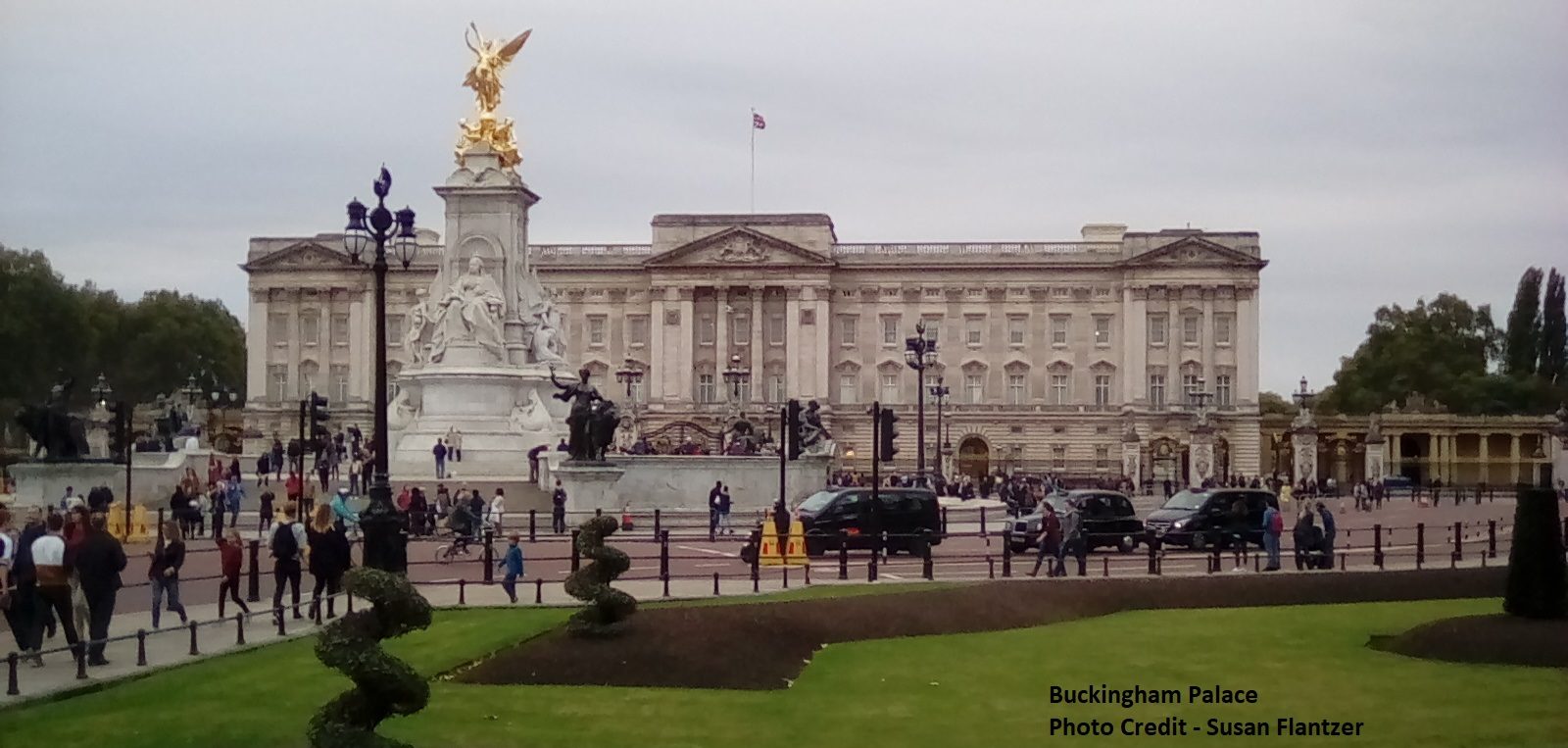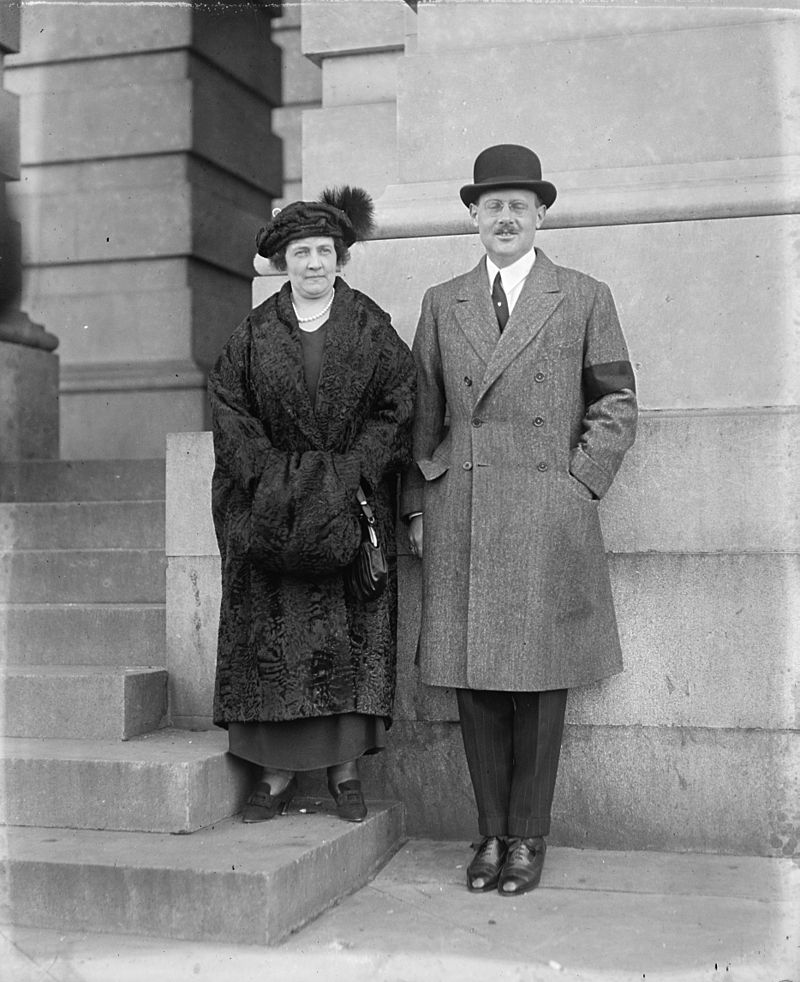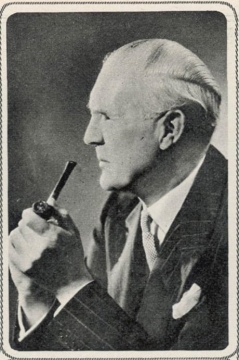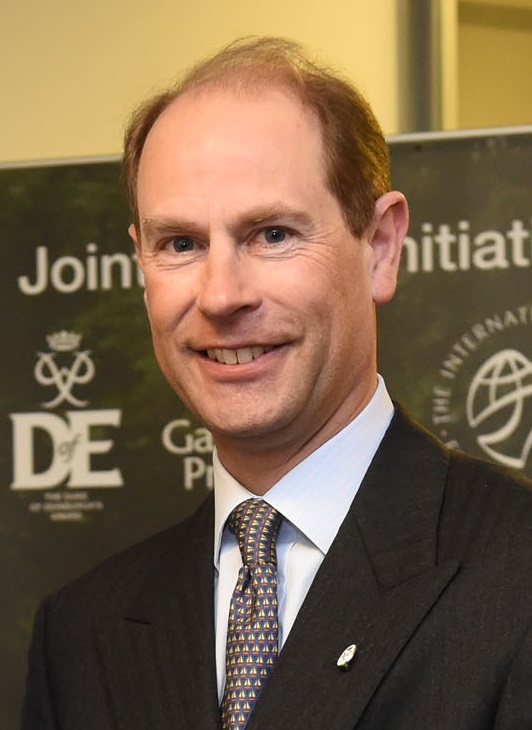by Scott Mehl
© Unofficial Royalty 2019

Princess Françoise of Orléans; Credit – Wikipedia
Princess Françoise Isabelle Louise Marie d’Orléans was the second wife of Prince Christopher of Greece and Denmark. She was born in Paris, France on December 25, 1902, the second child of Prince Jean of Orléans, Duke of Guise, an Orléanist pretender to the throne of France, and Princess Isabelle of Orléans. Françoise had three siblings:
- Princess Isabelle (1900-1983) – married (1) Bruno, Count of Harcourt, had issue ; (2) Prince Pierre Murat, no issue
- Princess Anne (1906-1986) – married Prince Amedeo of Savoy, 3rd Duke of Aosta, had issue
- Prince Henri, Count of Paris (1908-1999) – married Princess Isabelle of Orléans-Braganza, had issue
Françoise was a great-great-granddaughter of Louis Philippe I, King of the French, four times over. All four of her grandparents were grandchildren of Louis Philippe. She was also the great-granddaughter of Emperor Pedro I of Brazil and King Ferdinand VII of Spain.
Françoise spent her early years at the family home in Le Nouvion-en-Thiérache in northern France before the family moved to Morocco in 1909. Settling in the small town of Larache, they lived in relatively spartan conditions for several years, before finally moving to a more comfortable villa in 1918. During this time, Morocco was split between France and Spain. The family found themselves on both sides – their home was in the Spanish zone while their farm was in the French zone. Françoise and her siblings were given a strict education by their mother, learning several languages, and she also became a proficient horsewoman. She was so skilled that she was later the only woman permitted to train at the Roman Military Cavalry School at Tor di Quinto in Rome.
On holiday in France when World War I began, the family returned to Morocco but quickly returned to France. Her father joined the Red Cross and her mother Françoise and her siblings took care of wounded soldiers at a military hospital set up at the Chateau de Randan – the home of her grandmother, The Countess of Paris. Several months later, Françoise, her mother, and her siblings returned to Morocco, this time settling in the French zone. Following the war, they returned to Larache and resumed their regular visits to France.
In 1921, Françoise was proposed as a potential bride for King Alexander I of Yugoslavia. Despite the agreement of the French government, nothing came of the idea, and Alexander went on to marry Princess Maria of Romania. A few years later, however, Françoise would meet the man who would become her husband.

Prince Christopher of Greece. source: Wikipedia
In 1925, at the wedding of Princess Mafalda of Italy and Prince Philipp of Hesse-Kassel, Françoise met her future husband, Prince Christopher of Greece. He was the youngest son of King George I of the Hellenes and Grand Duchess Olga Konstantinovna of Russia. Several years later, at the encouragement of her aunt, the Duchess of Aosta, the two meet again and soon a romance begins. Although Christopher was 13 years older and widowed, Françoise was attracted to his sense of humor and artistic abilities. A few weeks later, the couple decided to become engaged but first, they had to address the issue of religion. Christopher was Greek Orthodox, and Françoise was Catholic, which meant they would need a dispensation from the Pope, who was greatly opposed to the idea. Finally, after lengthy negotiations, they received permission and were able to marry.
A civil ceremony was held on February 10, 1929, followed by a religious ceremony the following day in the Palatine Chapel at the Royal Palace of Palermo. Their witnesses were King Manuel II of Portugal, The Duke of Aosta, King George II of the Hellenes, and The Prince of Piedmont (later King Umberto II of Italy). The couple settled at Villa Anastasia in Rome, and several years later, had their only child:
- Prince Michael of Greece (1939 – 2024) – married Marina Karella, had issue
Following their marriage, the couple soon found themselves in dire financial circumstances. The administrator of her husband’s finances absconded with the money, and Françoise was forced to borrow money from her father. She also posed for several advertising photos, which was considered very scandalous at the time. Their financial situation improved somewhat after the Greek monarchy was restored in 1935. Françoise and her husband returned to Greece occasionally for important ceremonies and events, including the burials of King Constantine I, Queen Sophie, and Queen Olga at Tatoi Palace (all of whom had died while in exile). They also returned in 1838 for the marriage of the future King Paul of the Hellenes and Princess Friederike of Hanover. The following year, they welcomed their only child, Prince Michael.
Just a year after the birth of their son, tragedy struck. Prince Christopher traveled to Athens to meet with his nephew, King George II, about the events happening in Europe and the onset of World War II. While there, he developed an abscess in his lungs, which quickly took his life. Françoise rushed to get to Greece but could not get there before Christopher’s death on January 21, 1940.
Now very much in financial straits, Françoise traveled to Paris where she sold some of the jewels she’d received from her mother-in-law on her wedding day. She also decided to leave Italy and the fascist regime. After being advised against settling in Athens because of the war, she and her son ended up at her parents’ home in Larache, Morocco, along with her sister and her children. She later moved to Tangiers after her father’s death, but soon returned to Larache. By the fall of 1944, Françoise’s mother could no longer afford to support all of the family at Larache, so Françoise took her son and moved to Malaga, Spain, where they lived at the Miramar Hotel. In 1948, they left Spain and returned to Paris, where they lived with her sister, Isabelle, and her second husband, Prince Pierre Murat.

Grave of Prince Christopher and Princess Françoise. photo: By Catlemur – Own work, CC BY-SA 4.0, https://commons.wikimedia.org/w/index.php?curid=65380068
Over the next few years, Françoise became very introverted and greatly limited her social interactions. Riddled with depression, her health quickly declined. She died in Paris, France on February 25, 1953, two months after her 50th birthday. Her funeral was held at the Saint-Louis Chapel in Dreux and was attended by many European royals. Several weeks later, her remains were buried alongside her husband in the Royal Cemetery at Tatoi Palace in Greece.
This article is the intellectual property of Unofficial Royalty and is NOT TO BE COPIED, EDITED, OR POSTED IN ANY FORM ON ANOTHER WEBSITE under any circumstances. It is permissible to use a link that directs to Unofficial Royalty.

































